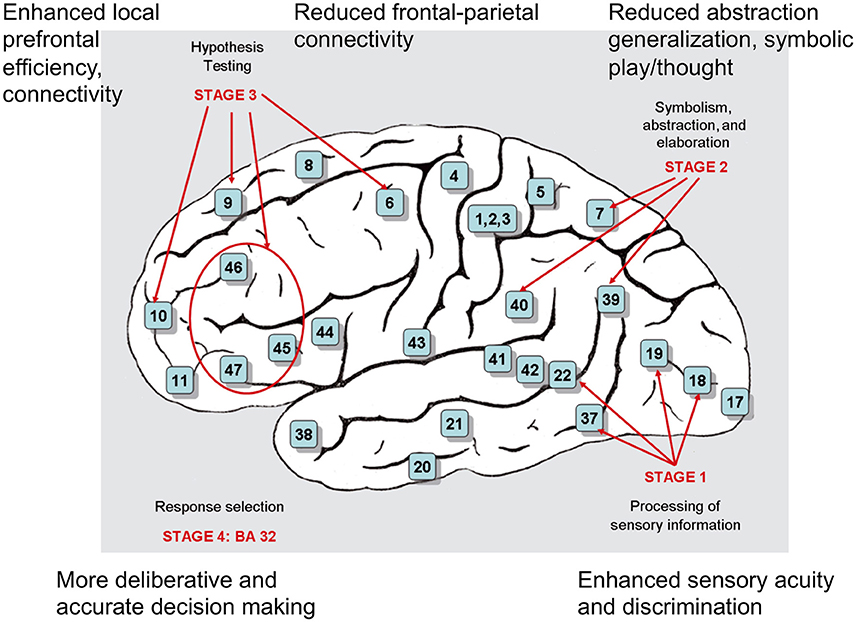Mitochondrial Dysfunction in Autism Spectrum Disorder: A New Therapeutic Target
A recent study has provided direct evidence linking mitochondrial dysfunction in the brain with Autism Spectrum Disorder (ASD) and its associated communication deficits. This groundbreaking research could potentially pave the way for novel therapeutic interventions targeting the mitochondrial electron transport chain complex I, a key component of cellular energy production.
The study, published in the American Journal of Psychiatry, used positron emission tomography (PET) scans with a specific radioligand that binds to the mitochondrial electron transport chain complex I. This allowed the researchers to examine the distribution of mitochondrial dysfunction in the living brains of individuals with ASD.
The study involved 23 adult males with high-functioning ASD and 24 typically developed males, matched for age, parental socioeconomic background, and IQ. The researchers found that participants with ASD had significantly decreased availability of the radioligand, indicating mitochondrial dysfunction, specifically in the anterior cingulate cortex, a brain region associated with social behavior and communication.
Interestingly, the severity of this mitochondrial dysfunction was found to correlate with the severity of social communication deficits in individuals with ASD. This suggests a direct link between mitochondrial dysfunction and the core symptoms of ASD.
While previous studies have implicated mitochondrial dysfunction in the pathophysiology of ASD, this is the first study to demonstrate this link in living brains. The findings of this study support the possibility that mitochondrial electron transport chain complex I could be a novel therapeutic target for the core symptoms of ASD.
It’s important to note that while these findings are promising, further research is needed to fully understand the implications of these results and to develop effective therapeutic strategies.


